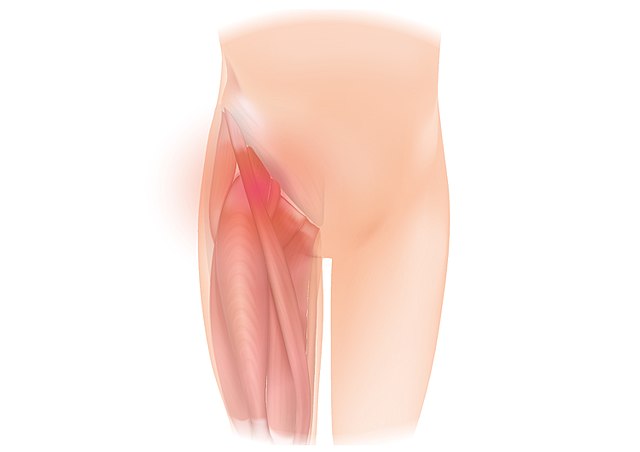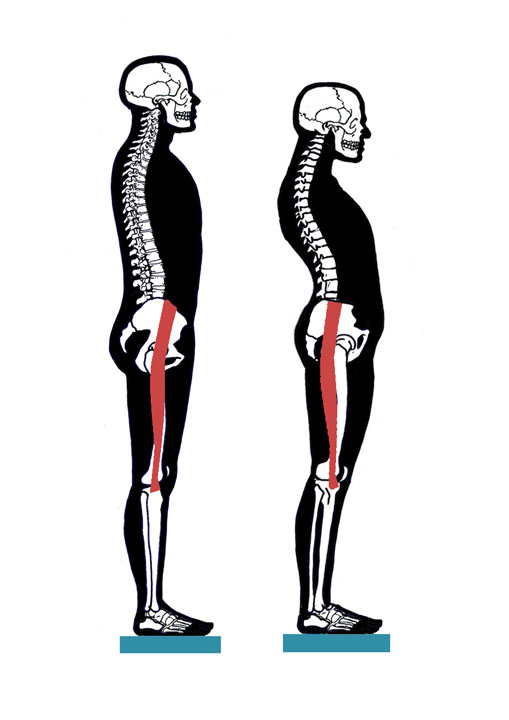 Understanding Your Groin and Hip Pain
Understanding Your Groin and Hip Pain
The body is like a machine… sort of.
It is designed to work in a specific way. And when it doesn’t work the way it is designed, it begins to break down.
Much like a car or any machine that requires upkeep.
If you know how your body works, it is much easier to prevent it from breaking down. It will also be easier to minimize general wear and tear.
One way to start learning about your body is to identify your pains.
Once you do that, you can figure out why they are there, and what started the problem.
Groin and hip pain are two very common types of pain that occur in the body.
Hip pain can be caused by a number of factors. Most involve fascia (a connective tissue), muscle imbalance, and often, muscle weakness.
Your hip is a large bone making up one-third of the pelvis. The pelvis is the two hip bones with the sacrum in between.
When you are born the hip is made up of three separate bones.
These are the ilium, ischium, and pubis. These three bones will fuse into one when you start to stand up and walk.
The three bones fuse together, creating a cup that the leg bone sits into. This cup is the acetabulum.
Hip pain is often connected to a long tract of connective tissue called the iliotibial band, or IT band.
Think of all the soft bits in the body as connective tissues. And different types of connective tissues have different levels of elasticity.
Fascia is a very strong connective tissue with little give.
In this way, it is much less accommodating of bad posture than muscle.
Muscle is happy to move with you into bad patterns. Connective tissue is not so forgiving.
 The IT Band is not forgiving.
The IT Band is not forgiving.
To me, most poor posture manifests with the thighs leaning forward.
This essential misalignment messes with the fascia of the IT Band more than the muscles that surround it.
If the thighs lean forward, the IT band gets pulled backward. Again, the muscles are happy to go forward with the bones.
But the tight connective tissue of the IT Band can’t make that accommodation and gets pulled backward.
Groin and hip pain are often associated with running and the IT band is one of the main culprits.
Running correctly is a great way to reinforce correct habits. We recommend it as an excellent way to learn new patterns and retrain your body successfully.
But, and the but is massive…
… If the IT band is forever pulling back when it is supposed to wrap forwards it will suffer in the long run.
There is no guarantee that your hip pain is from the IT band but it is a good place to start your exploration.
Here is a possible reason for having groin pain.
To start it is important to know that a groin is an area of the body as opposed to a particular muscle.
When we refer to a pulled groin we are often but not always referring to a muscle of the inner thigh (adductor).
The groin is the area of the pelvis where the leg meets the hip.
There should always be a soft pocket in the groin when standing.
Groin pain often manifests in an odd wrapping sensation. This is a pain that goes from the pubis (part of the hip bone) and moves up and around towards the lower back.
This pain is related to the psoas muscle, a key factor in most groin and hip pain.
There is a ligament that connects from the pubic bone to the outer hip called the inguinal ligament. It is essentially strapping the psoas muscle down onto the pubic bone.
When the psoas is tight or inflamed it can push on this ligament. Which in turn causes the wrapping sensation that you might feel as groin pain.
These are just two possible causes of your groin and hip pain.
Unfortunately, there are numerous others.
That is why I believe you can’t know too much about how your body works.
You can’t spend too much time trying to figure out why you feel the way you do.
And when it comes to groin and hip pain, the more you know the more likely you are to heal.
***


